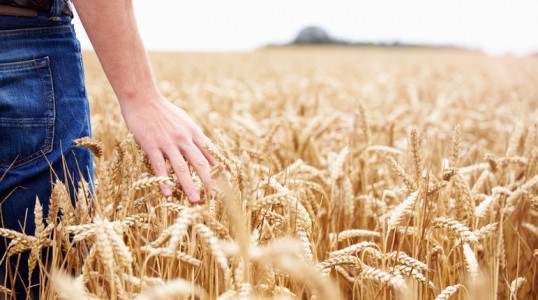Due to industry consolidation, investments in precision agriculture, and new product introductions the U.S. crop protection chemical industry experiences an interesting year in 2017. The total crop protection market in the U.S. grows by over 5% in 2017, according to the Crop Protection Manufacturers Report: A Strategic Market Analysis of the U.S. Crop Protection Industry, a recently published report by Kline.
The increase in planted crop acreage, particularly in soybean and cotton, helps contribute to an increase in the sales of herbicides, insecticides, and fungicides. Only plant growth regulators see a sales decrease by 0.4%.
2017 is the third consecutive year with above-average yields in corn and soybean in many areas of the Midwest, which helps offset the continuing low commodity prices impacting growers in the region. While low commodity prices force growers to look for ways to cut expenses, crop protection chemicals still maintain a strong performance in 2017, with herbicides and seed protection products showing the strongest growth.
The strong, over 7%, growth of herbicides is driven mainly by the rise in hard-to-control and resistant weeds that are estimated to infest over 80 million acres of American farmland. As a result, many growers are modifying their herbicide programs to combat these difficult weed species and are beginning to seek out a more comprehensive weed management approach. Growers and applicators are building tank mixes that include herbicides with residual control and different modes of action. More growers are also considering herbicide applications after harvest in their weed-control programs; these applications can be an effective tool in controlling annual winter weeds, creating warmer seedbeds, and improving seed-to-soil contact.
In their quest to combat resistant weeds, growers are using new herbicide products, such as BASF’s Engenia herbicide and Syngenta’s Acuron herbicide. A number of new herbicide products are introduced in 2017, including BASF’s Provisia Rice System, which allows growers to reclaim acres lost to weedy rice sooner than through traditional practices; Dow’s Loyant with Rinskor; and Gowan’s innovative rice herbicide, benzobicyclon, created in partnership with SDS Biotech and Nissan.
Kathy Hall, Project Manager at Kline, states; “In 2017, the biopesticide segment continues to grow and establish its place among traditional crop protection chemicals. It has become increasingly clear that companies with a biotech position will have an advantage over other manufacturers, as they continue to develop and introduce new solutions for battling resistant weeds, diseases, and insect pests.”
Major research-based manufacturers also experience an unusual year in 2017. DowDuPont is created with the completion of the merger of the two industry majors, Dow Chemical and DuPont. DowDuPont’s Agriculture Division, Corteva AgriScience, is taking over as the second-ranked crop protection company, with over 13% of total U.S. crop protection sales. Throughout 2017, top-tier shuffling continues, with major deals between Monsanto and Bayer, and other companies picking up spin-off product lines. Syngenta remains the largest supplier of crop protection products in 2017, accounting for just over 15% of total sales in the United States.

